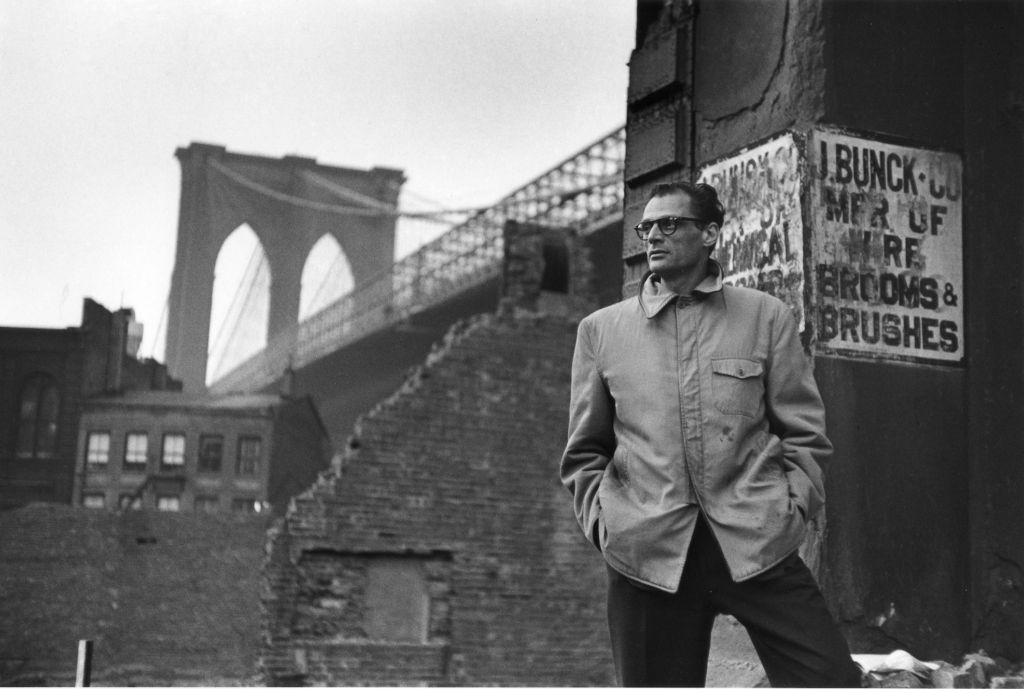(October 12, 1919 – March 2, 1959)
Born in New York City, Dan Weiner studied painting at the Art Students League in 1937 and at Pratt Institute from 1939 to 1940. While at Pratt, he joined the Photo League, a group of photographers active from 1935 to 1947 who aimed to use photography to effect social change. Through the League he was exposed to the history of documentary photography and the work of Jacob Riis and Lewis Hine, and he became familiar with the photographs of Dorothea Lange, Walker Evans, Henri Cartier-Bresson, and Brassaï. In 1940 he taught at the Photo League and opened an advertising studio. During World War II, while in the US Army Air Corps, he discovered the 35-millimeter camera. His experiments with small-format photography led him to close his studio in 1949 and dedicate himself full-time to photojournalism. Throughout the 1950s, with his wife, Sandra Weiner, also a photographer, he produced features for publications such as Collier’s and Fortune. In 1956 he traveled to the Soviet Union, Romania, Czechoslovakia, and Poland to document lifestyles of people there; he planned to publish a book of those journeys, but was killed in a plane crash while on assignment in 1959. Weiner’s photography, along with that of Robert Capa, Werner Bischof, Chim (David Seymour), Leonard Freed, and André Kertész, was included in the 1967 exhibition The Concerned Photographer and formed part of ICP’s original collection.
Weiner’s photographs documenting the United States in the 1950s are known for their poignant demonstration of a society’s fascination with business and consumption. His chronicle of the civil rights struggle in Montgomery, Alabama, are among the most effective records of those dramatic events. Weiner was able to describe his subjects plainly, without pretension, and to impart a sense of concern for the crucial social topics of his time.
